The umbilical cord begins a connection between a mother and child. Right from pregnancy, It gives your baby nourishment and oxygen as they grow in the womb. Your baby's belly is left with a little stump (umbilical cord). It would help if you handle it carefully before falling. This is the first assignment to your loving child.
Therefore, umbilical cord care is frequently a concern for new parents, especially first-time parents. Taking good care of the cord isn't tough, but there are a few do's and don'ts to remember.
Though dealing with the umbilical cord after birth may appear frightening, it is pretty simple. Just keep it clean and dry, then wait for the fall after a few days.

How long does it take for the umbilical cord to fall out?
The umbilical cord stump generally falls off after a baby is born due to dehydration. However, this usually occurs within the first three to fifteen days of a baby's life. You and your baby's body type may determine the day to fall.
Keep the Area Dry
Avoid wiping the cord with alcohol. Expose it to as much air as possible. It is recommended to keep dry, as this can hasten the healing. If needed, gently wipe the area with water, a piece of gauze, or a cotton swab, and then pat it dry.
Avoid Irritation
Cloth diapers require ingenuity in folding to avoid rubbing against the cord stump. Disposable diapers that have an opening for the umbilical cord are an option. Nowadays, umbilical cord cutouts is standard features in some of the most popular diapers on the market.
Don't tighten any belly buttons, as they can irritate. Be wary of crotch snaps on pants covering the baby's belly.
Baths the Area Gently
Bathe your child gently until the stump of the cord has fallen off. Allow nature to run its course by handling it with care. Do not attempt to remove the stump of the baby's umbilical cord.
Let Nature Take Its Course!
After the umbilical cord has fallen, it is rare to notice a bleed after the fall. If it happens, apply the cord care powder, or follow other biological processes.
Now you'll discover if your baby's abdomen is an inner or an outer. When a baby's abdominal muscles mature and strengthen, the umbilical cord usually draws in and becomes more of an inner. All you can do is care and wait.
Use Natural Herbal Care Powder
There is a lot of herbal cord care powder, Lavender, and Yarrow. Interestingly, they are anti-bacterial and anti-fungal, with anti-microbial properties. They aid in the cord's dryness and odor reduction. When the chord gets wet and oozy, it's typical to smell terrible.
To avoid this, lightly sprinkle cord care powder around the umbilical stump's margins and base. When you detect the cord getting damp, sprinkle some Cord Care Powder on it. You can apply the powder to the tip and side of the cord.
What Next After the stump drops off
Even after the umbilical cord stump has fallen off, you may observe a little sore patch or blood-tinged fluid seeping out. This isn't a big deal. The majority detach themselves once they've dried completely. See your pediatrician if the stump hasn't dropped out after four weeks.

What is an infected umbilical cord?
Within the first few days, the umbilical cord usually dries up and falls off the baby. However, an infection may arise. A swollen, inflamed, red, or sensitive region around the cord may result from this. The cord may release a hazy, discolored, or foul-smelling substance.
The aftermath of illness can be life-threatening. The danger of complications increases; the longer you wait, the more the risk. If you notice any symptoms of Cord infection in your child, you should contact your doctor immediately for urgent umbilical cord care.
Symptoms of Umbilical cord infections illness
Umbilical cord infections are rare but may happen, so if you notice any of these signs, contact your doctor.
- Abdominal swelling
- Inflamed and reddish look
- Smelly pus or any other bodily fluid that oozes
- Excessive bleeding (though a little dried blood is normal)
- Your baby's umbilical cord stump may have a fluid-filled bulge.

Treatment
Antibiotics are commonly used to treat infected umbilical cord. Sometimes, you have to stay after the baby is born for thorough umbilical cord care, a medical professional will check for symptoms of infection.
If noticed, antibiotics are generally given intravenously to infants with an infection. A doctor may prescribe antibiotic creams or oral medications, depending on the severity of the infected umbilical cord. Therefore, it may not require hospital admission on some occasions.
However, parents and caregivers should take their infant to the doctor before administering home remedies or pain relievers. Also, they should wait until the umbilical cord infection clears the cord fall before bathing their baby. Instead, they can use a damp washcloth or sponge to clean the baby.
Prevention
Infections of the umbilical cord are rare, but they do occur. When you notice unusual symptoms around your baby's cord, seek emergency medical assistance for umbilical cord care to avoid future reoccurrence of Umbilical cord infection in newborns.
Also, follow these steps to prevent umbilical cord infection in your child:
- Wash your hands thoroughly when handling the umbilical.
- The use of only sterilized equipment while cutting the umbilical cord,
- Please do not attempt to cut or remove the umbilical cord before its due date.
- The cord should not come into contact with unauthorized treatments.
- Please follow your doctor's recommendations regarding the proper handling of the umbilical cord.
- Roll down theinfant diapers or just buy those with cut out such as bouncy soft diapers, as to avoid irritating the umbilical cord.
- Keep an eye out for any changes in the look or texture of the umbilical cord stump.
Seek medical attention if you notice unusual symptoms around your baby. It would help if you had immediate umbilical cord care before the condition deteriorated.
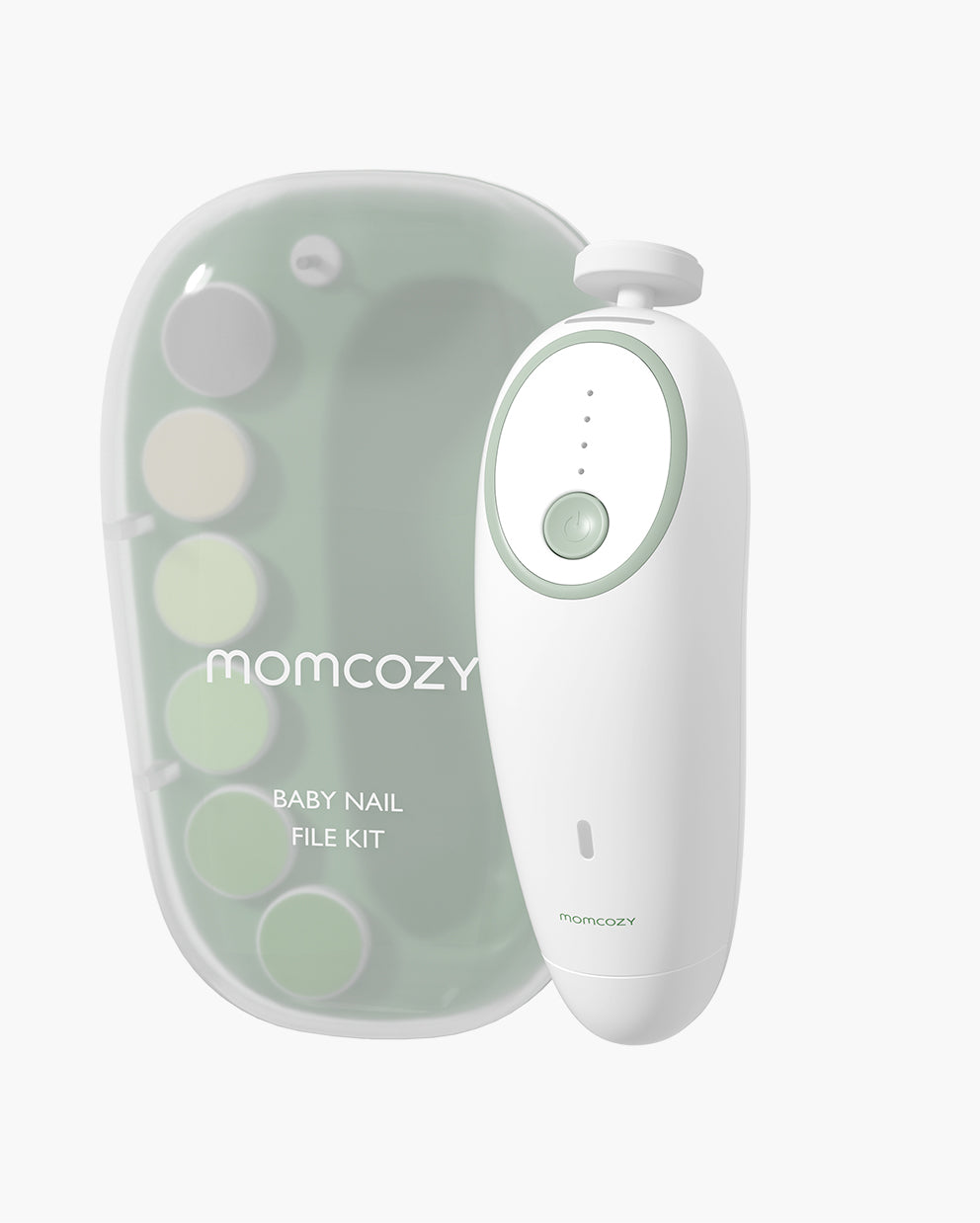

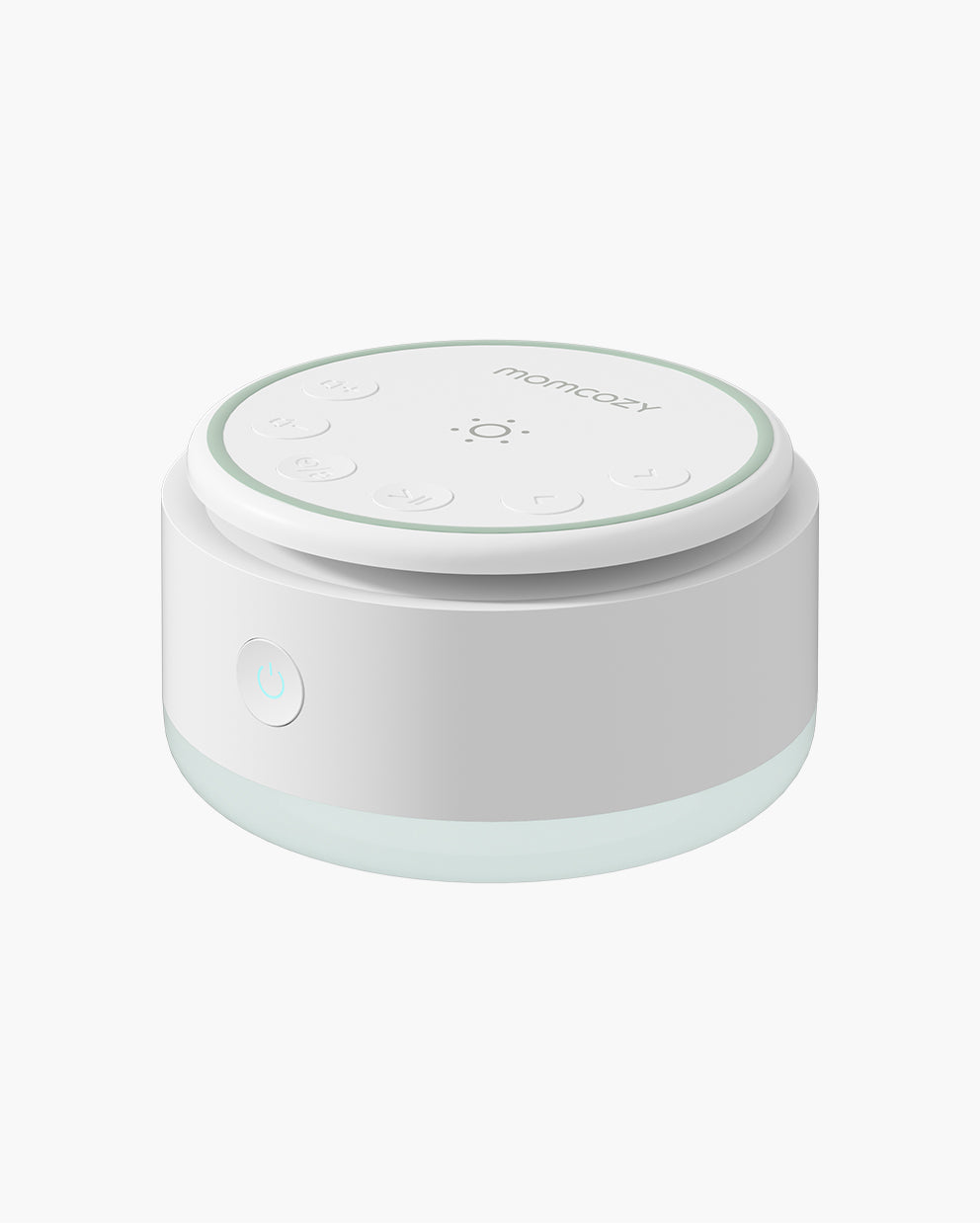

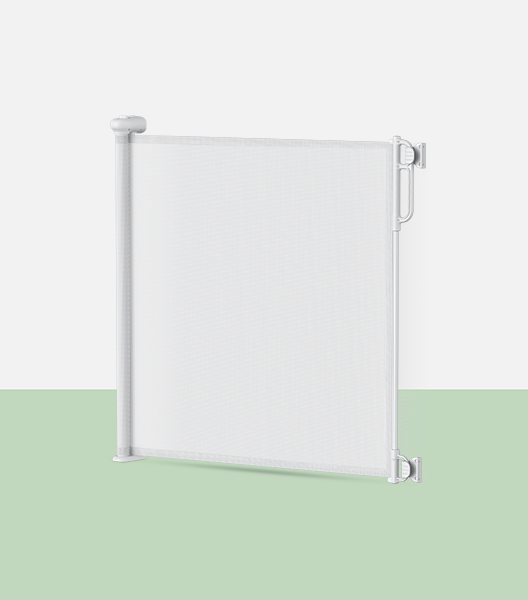

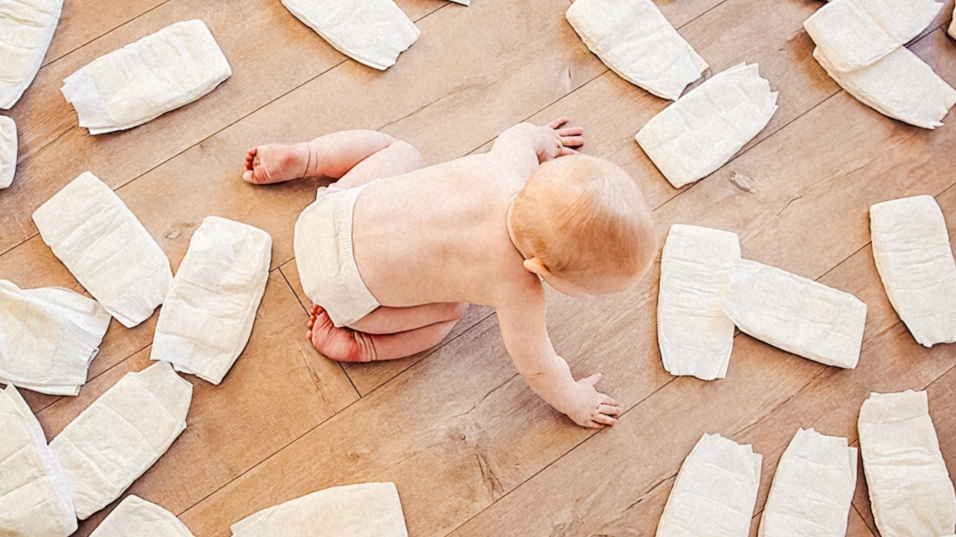
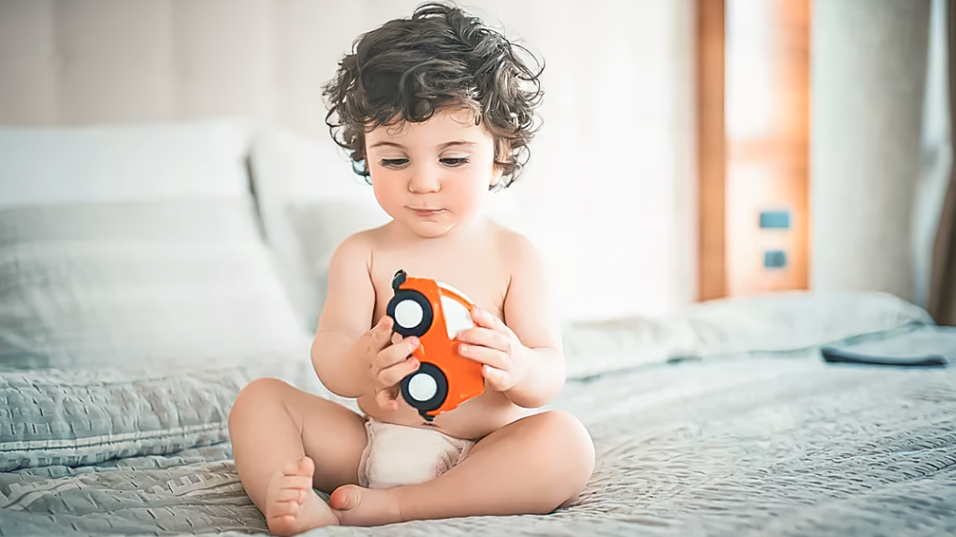
Leave a comment
This site is protected by hCaptcha and the hCaptcha Privacy Policy and Terms of Service apply.